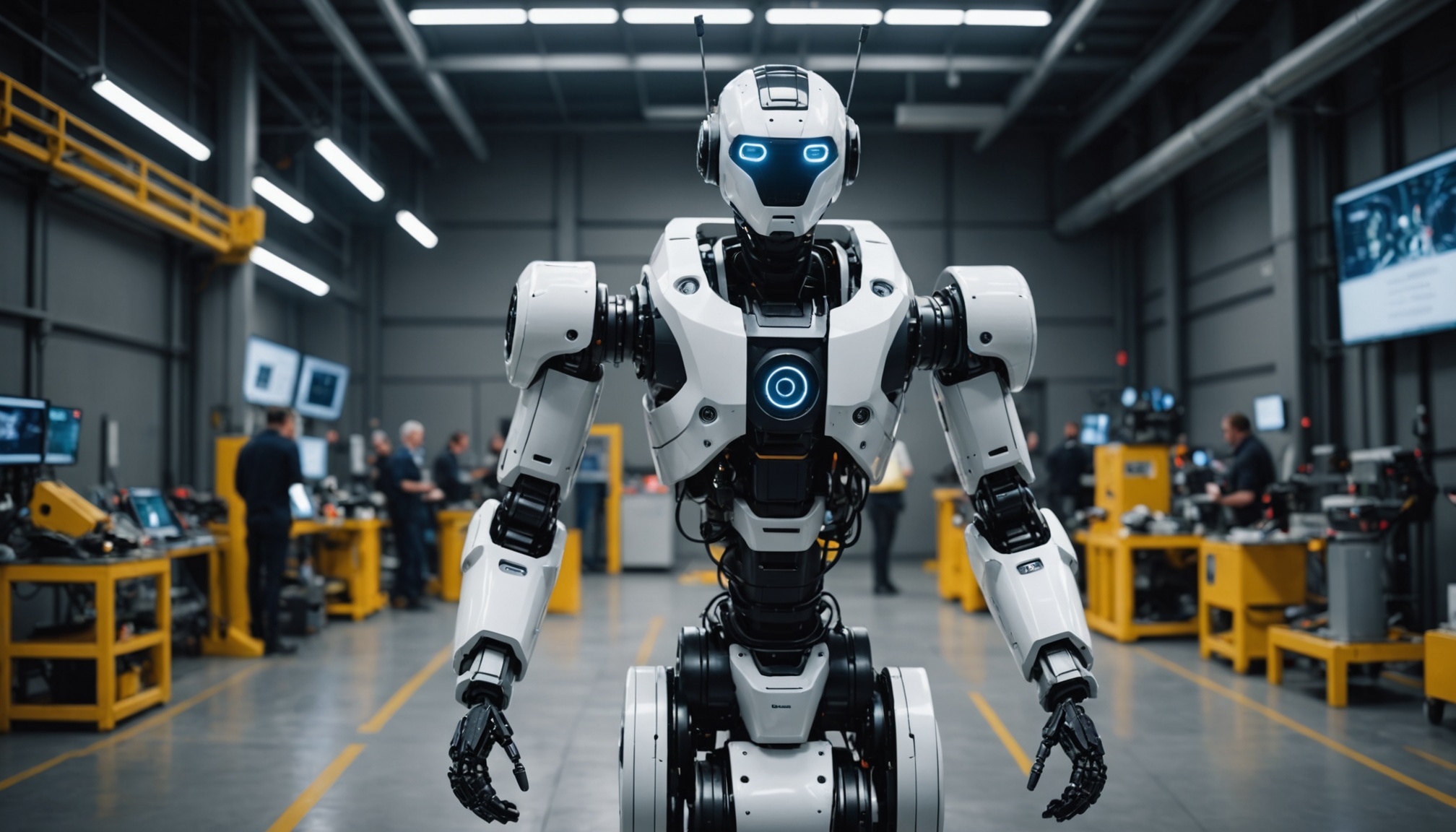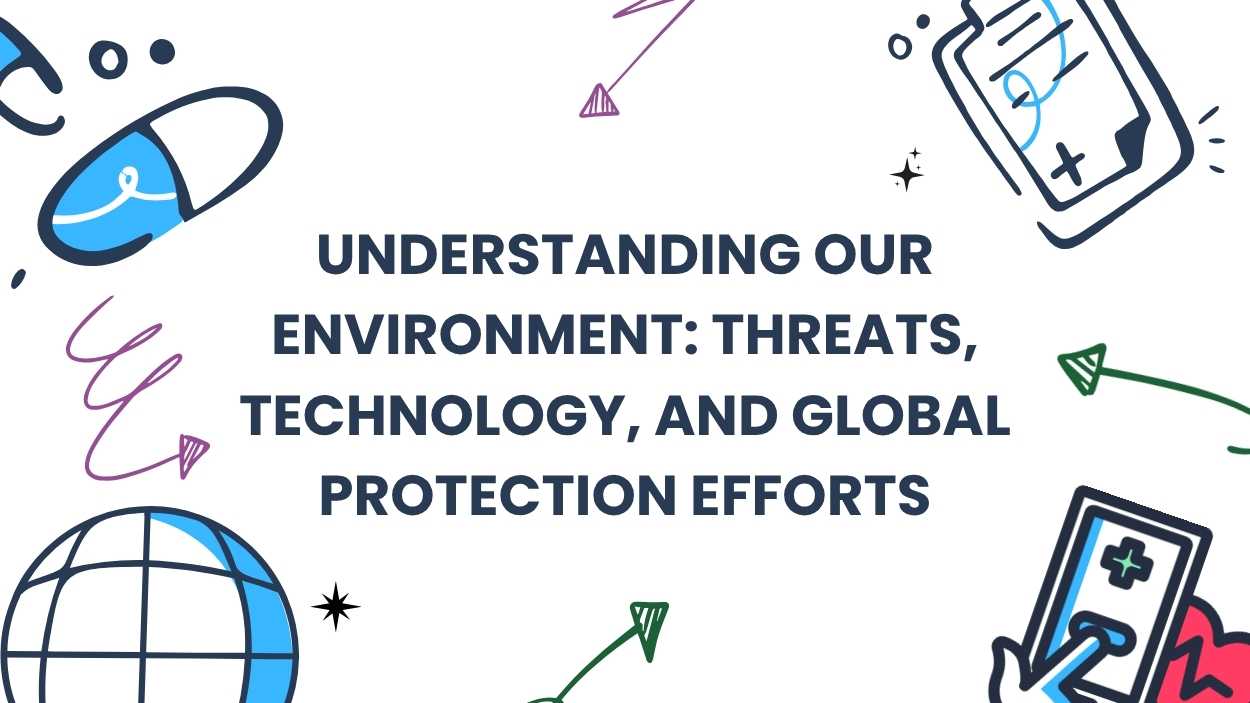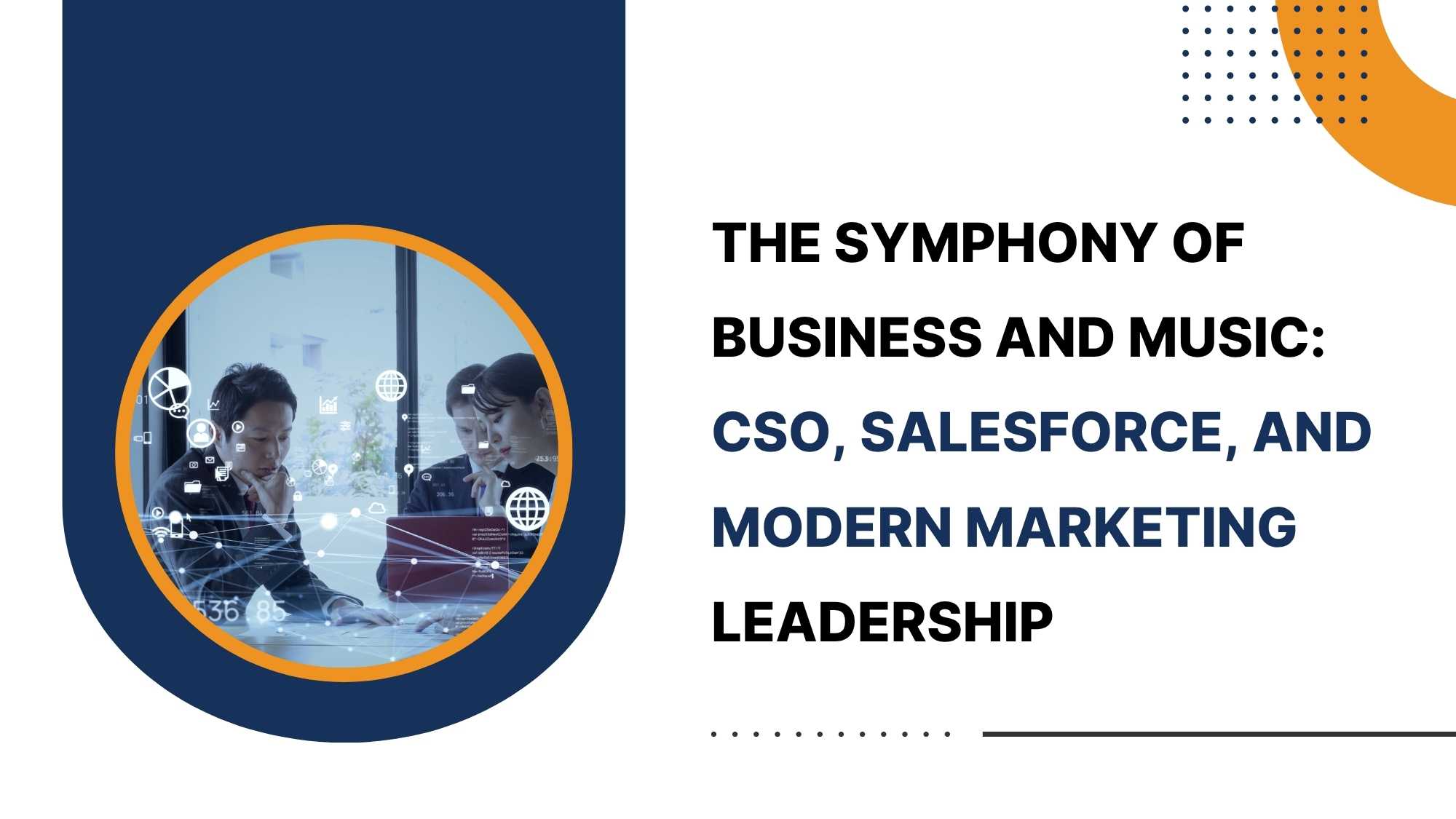The robotics landscape is poised for a monumental shift, according to the recent MarketsandMarkets report, fueled by advancements in Artificial Intelligence (AI) and the increasing demand for automation. This surge in innovation isn’t just a technological marvel; it’s a fundamental reshaping of how industries operate. The report projects significant growth across various segments, including industrial, collaborative, and humanoid robots, painting a picture of a market ripe with opportunity. As businesses seek to enhance efficiency, reduce costs, and navigate labor shortages, robotics emerges as a critical enabler, promising to boost productivity and transform workplaces. The 30% CAGR highlighted in the report underscores the rapid adoption and the significant financial commitment being made to this sector.
The Rise of Collaborative and Humanoid Robots
Collaborative robots, or cobots, stand out as particularly promising. Unlike traditional robots, they are designed to work alongside humans, improving productivity and safety. This collaborative approach makes production lines more adaptable, which is a key advantage in today’s dynamic market. The report’s projections of a substantial market size for humanoid robots also suggest the growing acceptance of these technologies. Companies like Tesla and Agility Robotics, which are developing humanoid robots, demonstrate the considerable potential in areas such as manufacturing, healthcare, and retail. These robots are not merely curiosities; they are designed to address real-world challenges and integrate into our daily lives, signifying a major leap forward in robotics.
AI at the Forefront of Robotics Revolution
AI’s integration into robotics is driving much of this growth. AI-powered robots, with their ability to analyze data and learn from experience, can perform complex tasks with unmatched precision. This has broad implications, extending beyond manufacturing to healthcare, logistics, and even space exploration. These intelligent systems are set to improve efficiency, and transform industries. The ability of AI to adapt and optimize operations continually is the catalyst of this change. From enhancing surgical procedures to streamlining warehouse operations and assisting in exploration, the capabilities of AI-driven robots are continuously expanding, pointing to a future where automation becomes smarter and more integrated.
Moreover, the report highlights the significance of sustainable robotics. With growing environmental consciousness, robots designed to minimize energy consumption and waste reduction are becoming increasingly important. Integrating renewable energy sources and eco-friendly materials is essential for manufacturing processes. This focus on sustainability not only benefits the environment but also aligns with the evolving expectations of both consumers and businesses. The drive for sustainable solutions marks a crucial shift in the robotics industry, where eco-friendliness isn’t just an advantage, it is a priority for long-term viability and success, ensuring a responsible and forward-thinking industry.
Key Takeaways and Future Implications
The Future of Robotics report from MarketsandMarkets is a rich resource for understanding the direction of the robotics industry. It outlines several key technologies, including AI, cobots, humanoid robots, soft robotics, and swarm robotics. These technologies have various applications across industries and offer attractive growth opportunities. For companies looking to expand and compete, these findings will shape how businesses adjust to this fast-changing environment and prepare for upcoming changes. For those looking to drive new revenue in the robotics market, a deeper dive into these emerging trends will be key.













